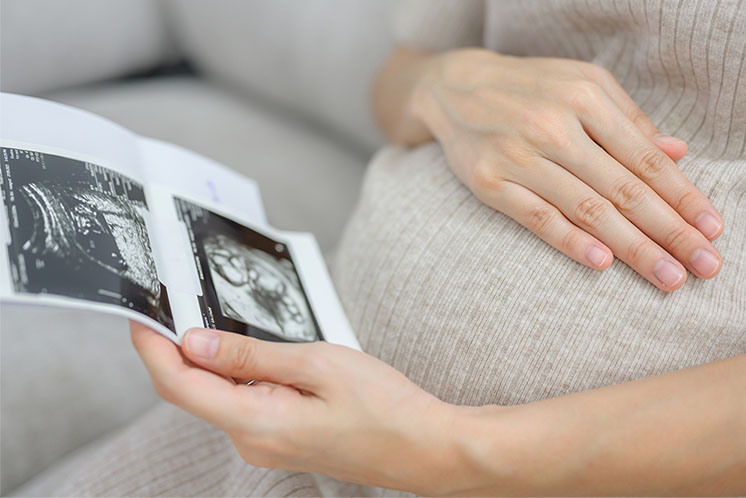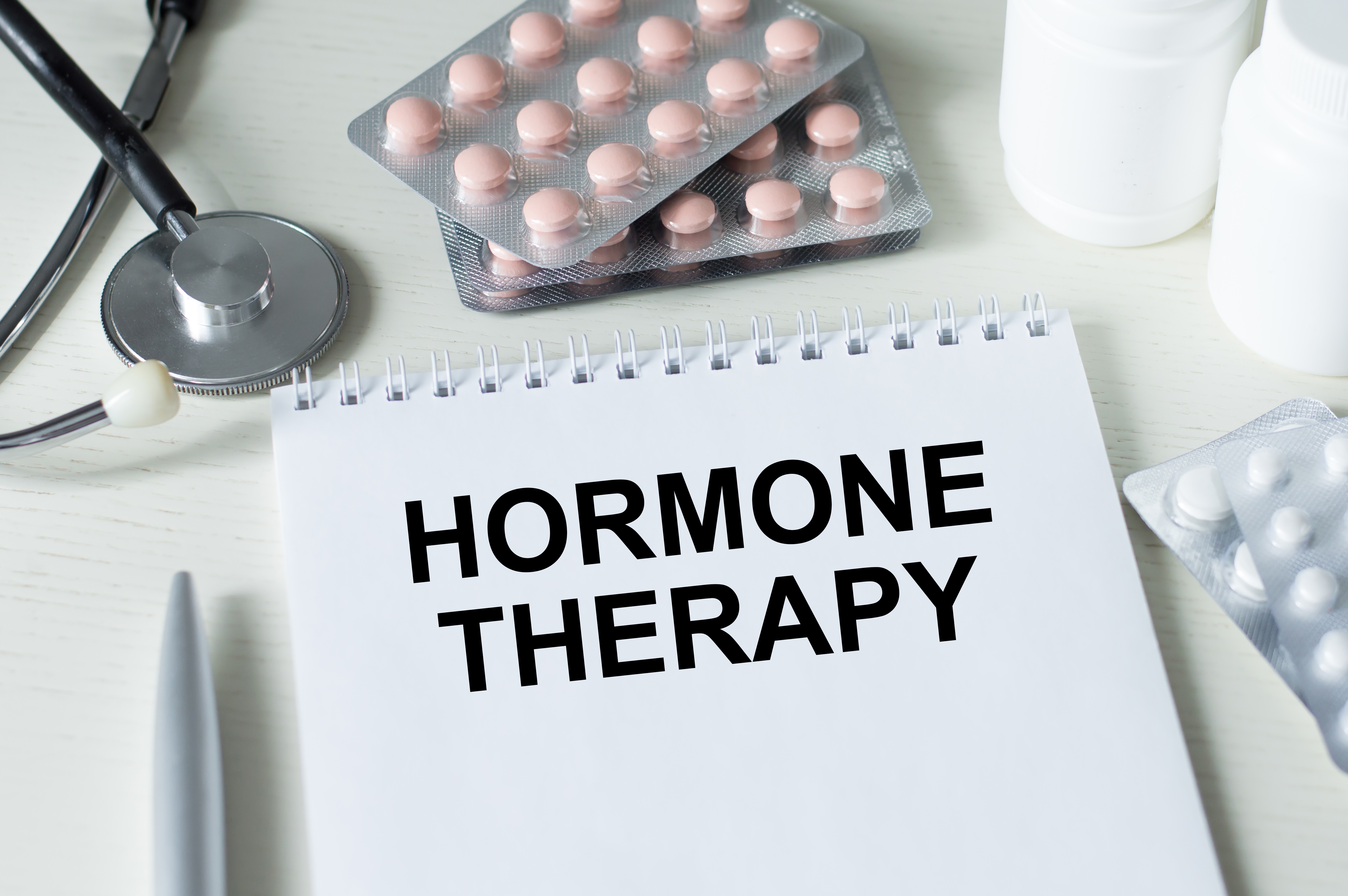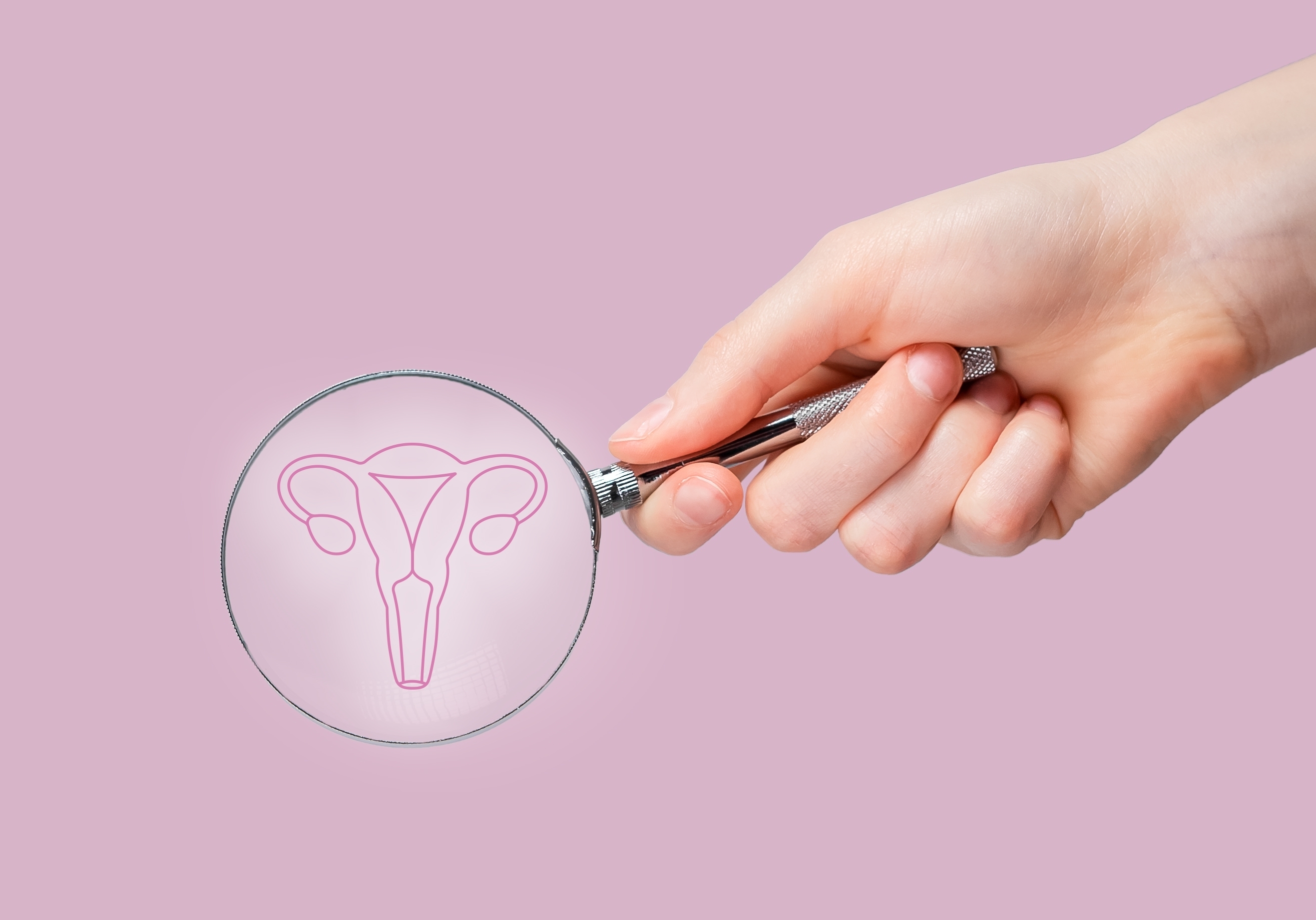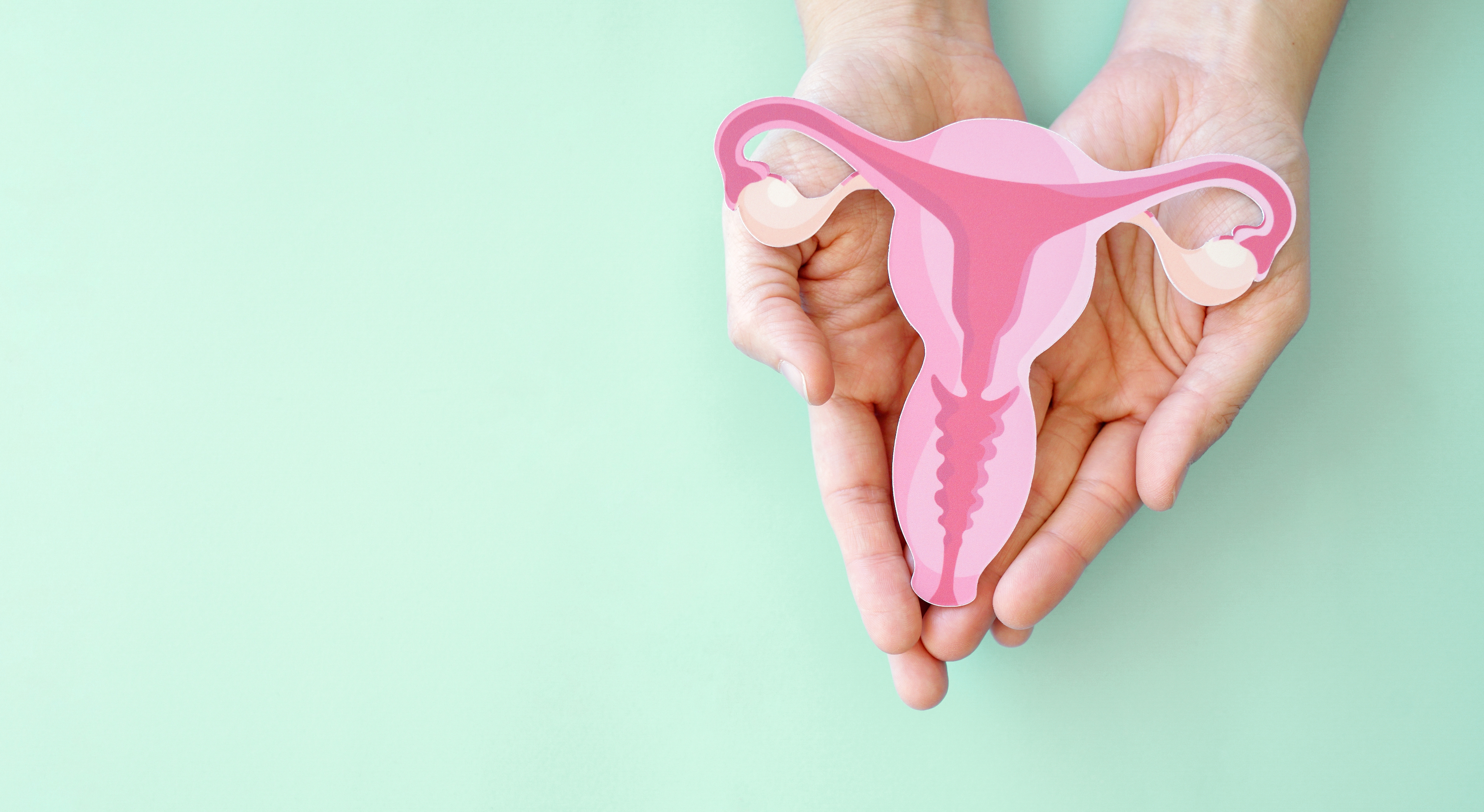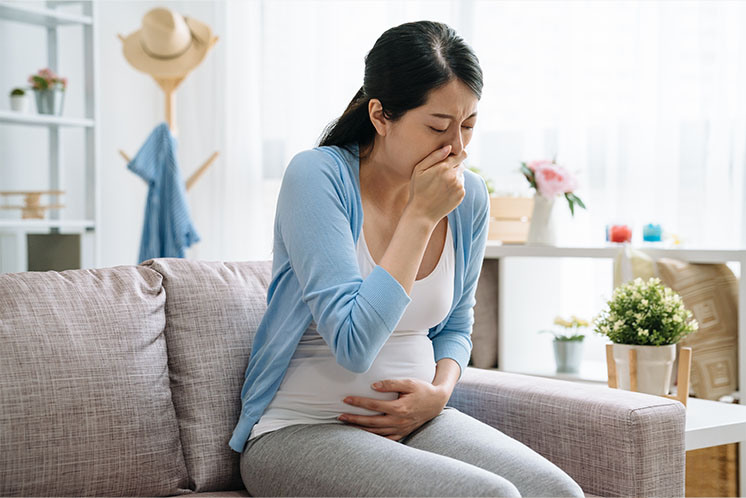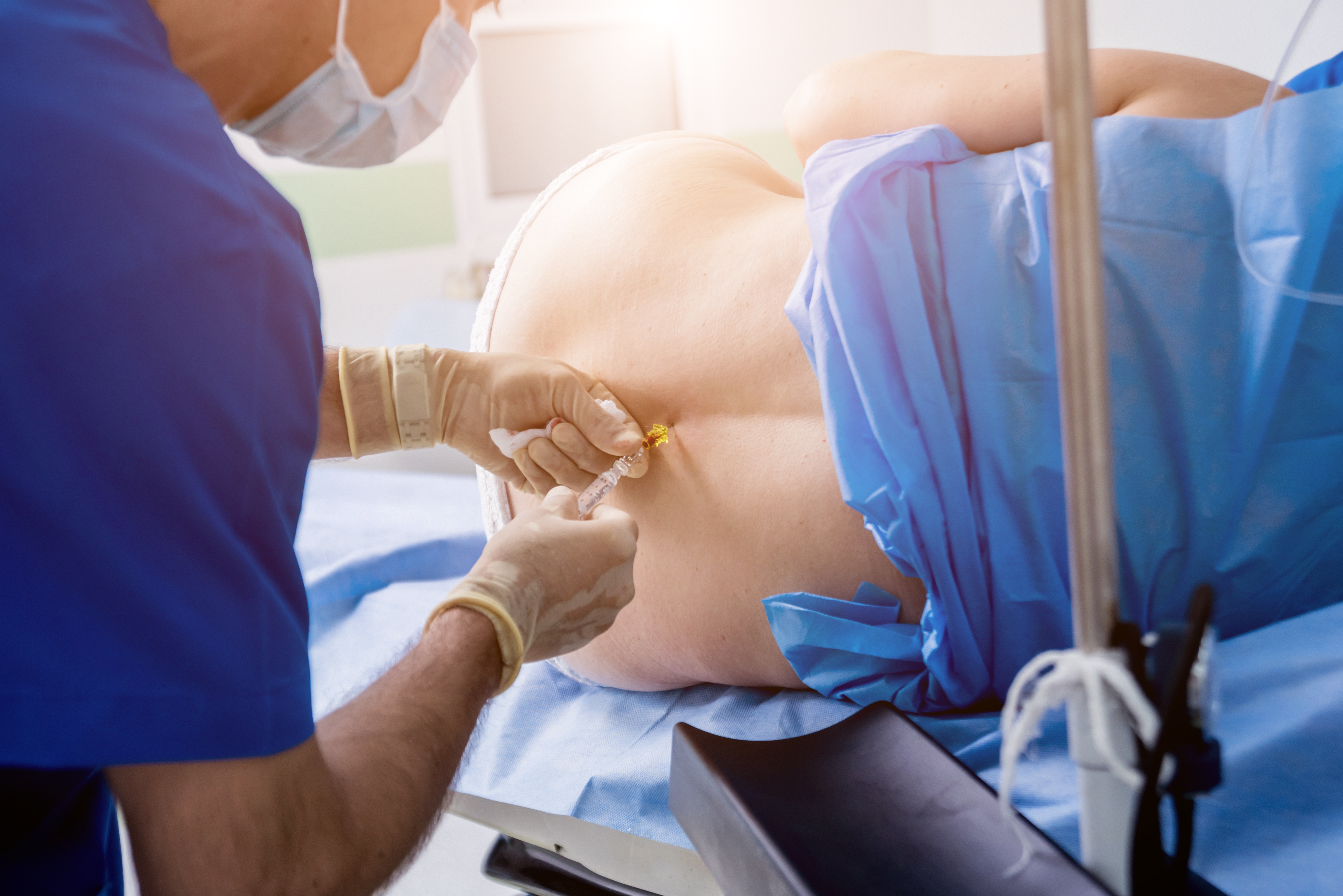In recent years, over 400 women in Hong Kong are diagnosed with cervical cancer annually. In 2004, cervical cancer ranked as the fifth most common cancer among women in Hong Kong. The government has been actively promoting the importance of cervical screenings, as cervical cancer is one of the few cancers that can be prevented through regular screening. Routine cervical examinations significantly reduce the incidence and mortality rates associated with this disease.
Causes of Cervical Cancer
Most cervical cancers are caused by the Human Papillomavirus (HPV), primarily transmitted through sexual contact. Anyone who has been sexually active can potentially contract HPV. Women who begin sexual activity at a younger age, have multiple sexual partners, or whose partners have multiple partners are at a higher risk for developing cervical cancer due to increased chances of virus transmission. Additionally, smoking and a weakened immune system can elevate the risk.
HPV is a common virus with over 100 types. Low-risk HPV types (such as types 6 and 11) can cause genital warts, while high-risk types (such as types 16 and 18) are linked to cervical cancer, accounting for over 70% of cases. Typically, infection with high-risk HPV does not lead to cervical cancer immediately; the immune system often clears or controls the virus. However, if the immune system fails to do so, the virus can persist, damaging cervical cells over time and potentially leading to cancerous changes, a process that may take 5 to 20 years.
Symptoms
Most women infected with HPV do not exhibit obvious symptoms. However, precancerous changes in cervical cells can occur, which, if left untreated, may evolve into cervical cancer. Once cancer develops, symptoms may include abnormal vaginal bleeding, such as bleeding between periods, post-coital bleeding, or bleeding after menopause.
Prevention Methods—Pap Smear Tests and Vaccination
Cervical cancer is primarily caused by HPV transmitted through sexual activity, so the most fundamental prevention method is to avoid high-risk sexual behaviour. Regular cervical smears (Pap tests) can detect abnormalities before they progress to cancer, allowing for timely treatment and significantly improving survival rates.
The latest preventive measure against cervical cancer is the 4-in-1 HPV vaccine, which protects against four strains of HPV, including high-risk types 16 and 18, as well as low-risk types 6 and 11. Types 16 and 18 are responsible for 70% of cervical cancers, while types 6 and 11 can cause genital warts and mild cervical changes.
Who Should Receive the HPV Vaccine?
The HPV vaccine has been extensively studied in women aged 9 to 26, proving its effectiveness. While the vaccine is best administered before sexual activity begins, women of all ages can receive it. It provides maximum protection before exposure to the four HPV types. Even women who are sexually active can benefit, as only a small fraction will have been infected with all four types. Women who are breastfeeding or planning to breastfeed can also receive the vaccine, but it is not recommended for pregnant women.
The Vaccine Is Not a Cure-All
Even vaccinated women need to continue with regular Pap tests, as the vaccine only protects against four HPV types, and about 30% of cervical cancers are caused by other strains. Additionally, women who have been sexually active may have already contracted the virus before vaccination, and the vaccine cannot eliminate existing infections or treat precancerous changes. Therefore, regular screenings and management of any detected abnormalities remain essential.




